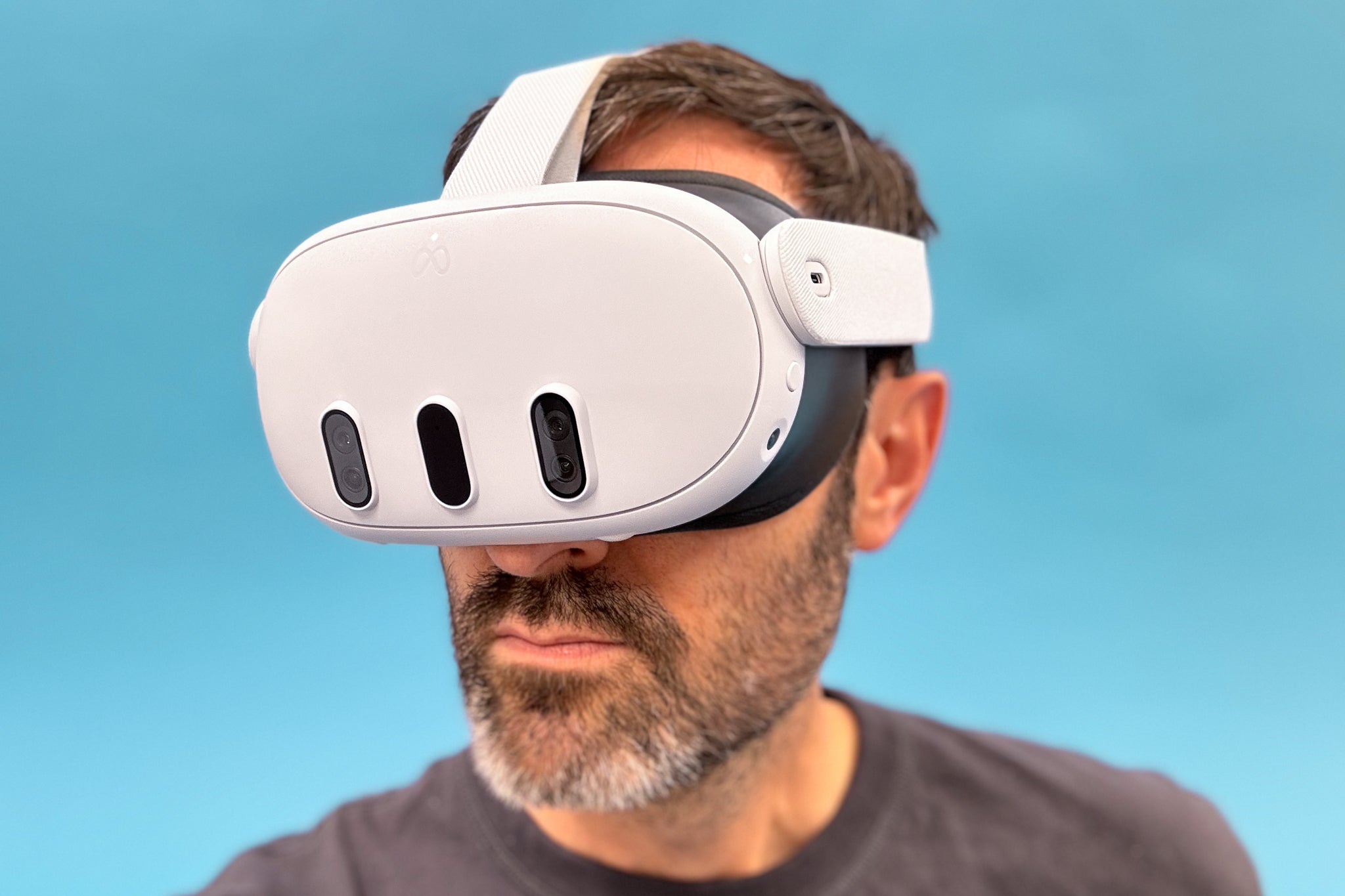Programming
Virtual Reality Design Software
Unleash Your Creativity in Immersive Worlds
Apr 5, 2024
In today's dynamic digital landscape, virtual reality (VR) stands as a beacon of innovation, promising to reshape our perception of design and interaction. With the right virtual reality design software, you can transcend traditional boundaries and unlock the full potential of your creative vision. Join us as we explore the top tools and essential insights to navigate this exhilarating frontier.
Types of VR Design Software
3D Modeling and Sculpting: Dive into the realm of virtual creation with tools like Gravity Sketch and Adobe Medium, offering intuitive controls for sculpting intricate virtual objects and environments.
Level Design and Worldbuilding: Forge entire VR experiences with platforms like Unreal Engine and Unity, equipped with comprehensive toolkits for crafting immersive worlds complete with logic, physics, and interactive elements.
360° Image and Video Editing: Seamlessly edit and enhance 360-degree content captured from specialized cameras using dedicated software, allowing you to stitch, refine, and add captivating effects to your immersive creations.
Rapid Prototyping: Expedite the development process and gather valuable feedback with tools like Mozilla Hubs and Tvori, enabling swift prototyping and testing of VR concepts for collaborative ventures or client presentations.
Key Considerations for VR Design
Performance Optimization: Prioritize smooth framerates and minimal latency to ensure a seamless VR experience. Design your projects with optimization in mind from the initial stages to deliver unparalleled performance.
User Experience (UX): Elevate your VR designs with intuitive navigation, comfortable interactions, and accessibility features, fostering immersive experiences that captivate and engage users on multiple levels.
Hardware Compatibility: Tailor your content to specific VR headsets or embrace platform agnosticism to reach a broader audience. Ensure compatibility with a diverse range of hardware to maximize the accessibility of your VR creations.
The "Wow" Factor: Embrace VR's unique capabilities to push the boundaries of reality and captivate your audience with awe-inspiring experiences. Dare to innovate and explore new horizons in virtual design.
Expert Insights: When Complexity Calls
While user-friendly VR design tools abound, ambitious projects may require a more tailored approach. Companies specializing in complex system development, such as Digital Trans4orMation, excel in crafting bespoke VR solutions. Here's how they can elevate your VR endeavors:
Craft Custom Interactions: Create tailored methods of interaction to elevate user engagement and immersion, going beyond conventional design paradigms to deliver truly unique experiences.
Integrate with Real-World Data: Harness the power of VR to interface with live data streams and physical devices, unlocking innovative applications in training, monitoring, and beyond.
Scale with Demand: Design robust solutions capable of handling high-traffic VR experiences with ease, ensuring reliability and performance under demanding conditions.
The Future of VR Design
As technology continues to evolve, the future of VR design holds boundless possibilities. Anticipate advancements such as:
AI-Assisted Design: AI algorithms that streamline workflows and offer intelligent design suggestions, revolutionizing the creative process.
Haptic Integration: Integration of tactile feedback to enhance immersion and realism, creating truly multisensory VR experiences.
Collaboration in VR: Teams collaborating within shared virtual workspaces, transcending geographical boundaries to create synergistic design environments.
In conclusion, with the right virtual reality design software and strategic insights, you can embark on a transformative journey into immersive worlds, where creativity knows no bounds. Embrace the future of design and unleash your imagination in the captivating realm of virtual reality.
Written by: Matthew Drabek
For our Services, feel free to reach out to us via meeting…
Please share our content for further education


